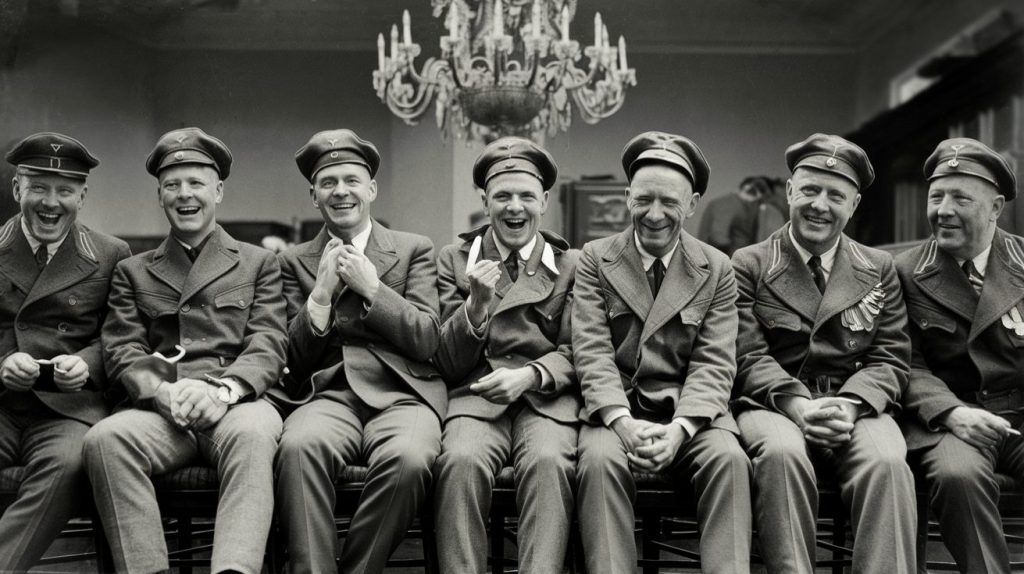 istory, the fascinating tapestry of human existence, is often woven with threads of myth and legend. Over the centuries, stories have been inherited, modified by the sands of time, and incorporated into the collective consciousness of society. While mesmerizing and sometimes comforting, these myths can also obscure the truth about our past. In this article, a writer from a website that writes essays for your free will journey to uncover the historical myths that persist, casting a shadow over our understanding of the world. For all their enchanting appeal, these stories often distort reality and perpetuate misconceptions that shape our beliefs, values, and perceptions.
istory, the fascinating tapestry of human existence, is often woven with threads of myth and legend. Over the centuries, stories have been inherited, modified by the sands of time, and incorporated into the collective consciousness of society. While mesmerizing and sometimes comforting, these myths can also obscure the truth about our past. In this article, a writer from a website that writes essays for your free will journey to uncover the historical myths that persist, casting a shadow over our understanding of the world. For all their enchanting appeal, these stories often distort reality and perpetuate misconceptions that shape our beliefs, values, and perceptions.
1. 300 Spartans stop Xerxes
The epic battle in the Thermopylae Gorge became widely known thanks to Zack Snyder’s film “300”. The name is not accidental: so many brave Spartans fought against the army of the Persian king Xerxes, which numbered approximately 100,000 fighters. Spartan athletes with exposed abs died, but they rallied Greece against the onslaught of a cruel tyrant through their feat.
In reality, 300 Spartans, including King Leonidas himself, did fight the Persians. But those who tell about their exploits usually forget that they were helped by at least four or even six thousand allies – the inhabitants of Thespia and Thebes. So, the heroes did not fight alone.
2. Spartans threw children off the cliff
One more thing about the brutal inhabitants of Sparta. Allegedly, they were so harsh that they threw insufficiently strong and sturdy babies off cliffs. At least, that’s what Plutarch wrote. But there is no archaeological evidence that the Spartans purposefully killed children: no mountains of children’s skeletons under the rocks of Laconia were not found.
In Sparta, a class of hyperons existed – too poor or too weak citizens. Naturally, they were not particularly respected, but they were not thrown off the cliffs.
3. Slaves built the pyramids
So, at least, claimed Herodotus. But he was wrong: excavations of burials of pyramid builders showed that they were free people.
They were fed with beef, which, for Egyptians, was a delicacy. They were given medical care. And finally, they were buried close to the Pharaoh’s tomb – an unheard-of honor that enslaved people would not have been given. So, the pyramids were built by free citizens. And no, they weren’t aliens.
4. Nero burned Rome
No, he did not burn Rome or recite a poem about the destruction of Troy to the accompaniment of a lyre while watching the fire. According to the historian Publius Cornelius Tacitus, who witnessed the fire as a child, Nero made every effort to stop the flames. He organized teams of firefighters at his own expense and provided food and shelter in his palaces for people who had lost their homes.
Finally, Nero devised a new city-building plan with which fires were no longer such a danger and rebuilt Rome anew.
5. Vikings wore horned helmets
No, they didn’t. There is no confirmation that the Viking battle helmets had horns or wings. No man in his right mind will not wear a horned helmet in battle: if the enemy’s weapon catches on the protrusions, the warrior risks serious injury. However, there are reports that Norwegian and Germanic clergy members sometimes wore horned helmets at religious ceremonies. But not in battle.
6. And cowboys wore cowboy hats.
A dashing chap in a cowboy hat, boots with spurs, a whip, and a revolver – the symbol of the Wild West! This image is familiar to anyone who has ever watched an American western. But the inhabitants of the Wild West did not wear hats with bent brim.
This headdress was invented by John Stetson in 1865. And although, over time, it became trendy. Still, the real natives of the Wild West most often wore bowler hats, warm beaver hats, flat woolen caps, Mexican sombreros, or kepi. In his famous photo, the shooter and scout Wild Bill Hickok put on a lady’s flat hat. And try mocking him for that choice.
7. Salieri poisoned Mozart
Pushkin’s tragedy “Mozart and Salieri” made this tale famous. Except that Salieri had no reason to hate Mozart. He was much more popular and enjoyed the patronage of the Emperor, was the court Kapellmeister, received a high salary, and revolved in the highest circles of society.
Salieri treated Mozart quite favorably and spoke well of his work. The great composer died not from poison but from illness – presumably chronic renal failure or streptococcal infection.
8. Napoleon was short
British cartoonists portrayed Napoleon as small and fat – he was thought to be 155cm tall. Hence, perhaps, the nickname Little Corporal and the term “Napoleon complex.” But in reality, Napoleon’s height was 169 cm. And that’s a standard average height – even nowadays, when people are mostly taller.
Avid Writer with invaluable knowledge of Humanity!
Upcoming historian with over 30 million views online.
“You make your own life.”






